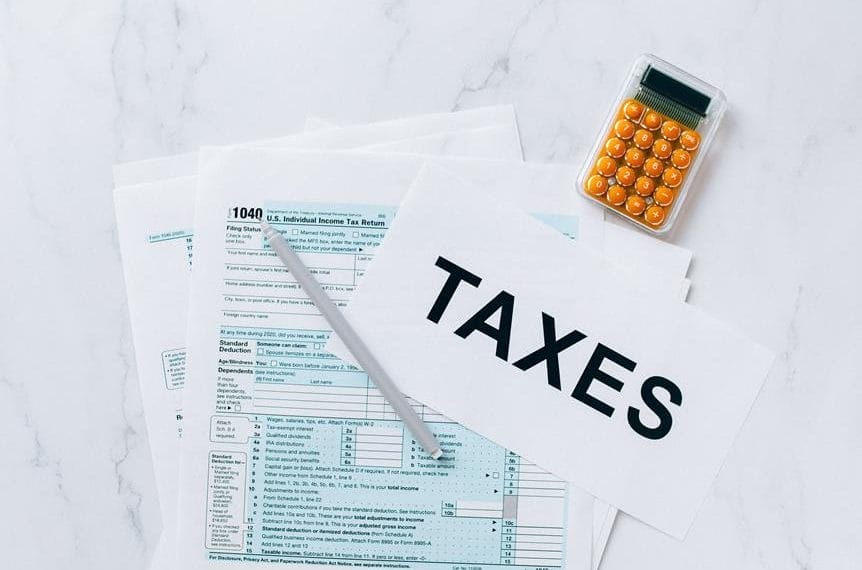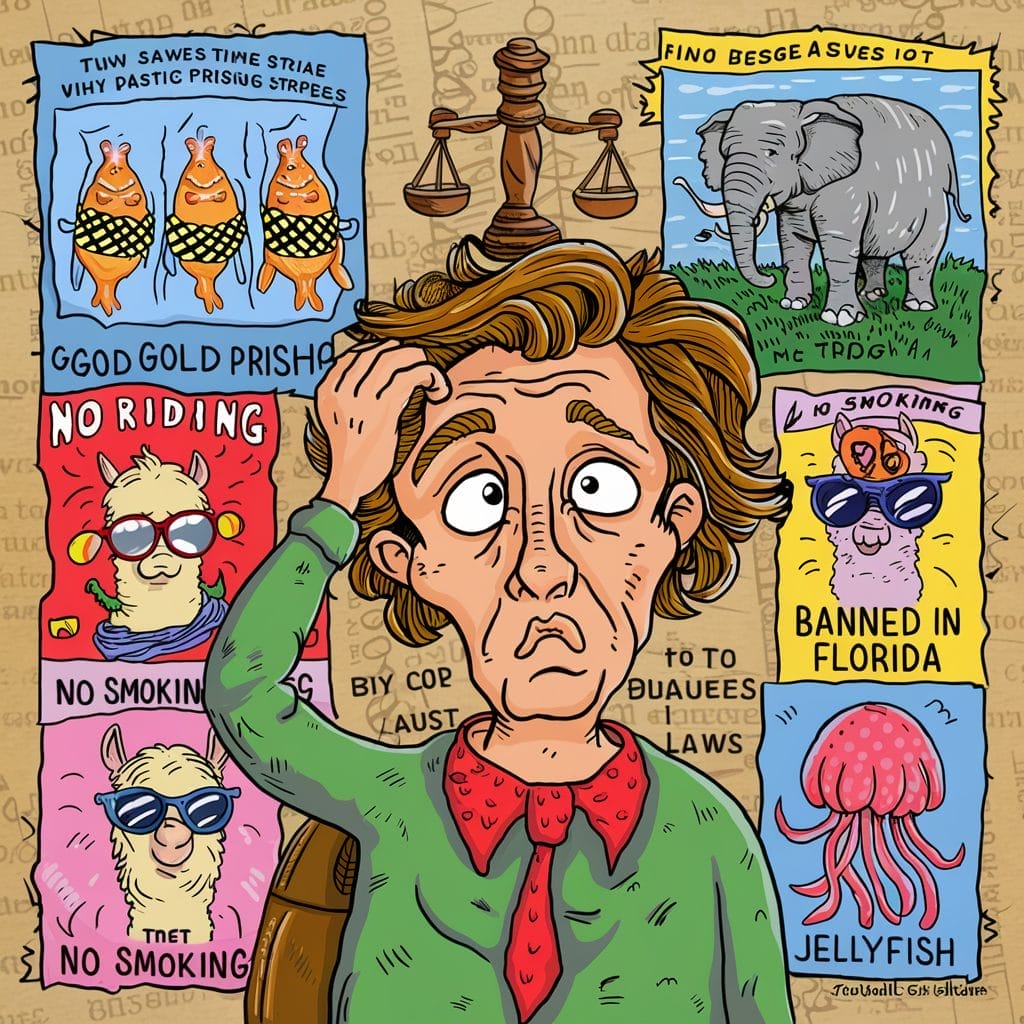Welcome to our guide on navigating the complex world of bankruptcy. Whether you are an individual or a business entity, understanding the roles and responsibilities of a debtor in a bankruptcy case is crucial. In this section, we will delve into the debtor’s role in the bankruptcy process, their financial obligations, and the importance of fulfilling their responsibilities.
When filing for bankruptcy, the debtor is the one seeking relief from their financial burdens under the United States Bankruptcy Code. As a debtor, you may be an individual, a corporation, a partnership, or a sole proprietorship. Your primary objective is to work towards resolving your debts through the bankruptcy process.
To fulfill your duties as a debtor, you will need to file various documents, including schedules of your assets and liabilities, a statement of financial affairs, and possibly a plan of reorganization. These documents provide crucial information to the court and help determine the best course of action for your case.
Throughout the bankruptcy case, you remain the “debtor in possession,” retaining control over your assets and business operations (if applicable), under the supervision of the court. It is essential to cooperate with the trustee appointed to your case and provide any requested information or documentation promptly.
Your responsibilities as a debtor also include adhering to the bankruptcy court’s guidelines, surrendering property if necessary, and cooperating with the trustee regarding the administration of the estate. Failure to fulfill these duties may have severe consequences, so it’s crucial to understand and execute them diligently.
Filing for Bankruptcy: How the Process Works
When faced with overwhelming financial difficulties, filing for bankruptcy can provide individuals and businesses with a fresh start. Understanding the process is crucial to navigate this complex legal procedure effectively.
The bankruptcy process begins with the filing of a petition with the bankruptcy court. There are two types of petitions:
- A voluntary petition, which is filed by the debtor themselves.
- An involuntary petition, which is filed by creditors who meet specific requirements.
Regardless of the type of petition, document filing requirements must be met. These requirements include:
- Schedules of assets and liabilities: Providing an inventory of the debtor’s assets and the debts they owe.
- Schedule of current income and expenditures: Detailing the debtor’s monthly income and expenses.
- Schedule of executory contracts and unexpired leases: Listing any contracts or leases that the debtor is involved in.
- Statement of financial affairs: Providing information about the debtor’s financial history, including any recent transfers of property or pending lawsuits.
In addition to these filings, individual debtors have additional requirements, such as obtaining a certificate of credit counseling and providing evidence of payment from employers. Fees, including a case filing fee and an administrative fee, are also required to be paid during the filing process.
It is essential to comply with all document filing requirements and pay the necessary fees; failure to do so may result in the dismissal of the bankruptcy case. Seeking professional guidance throughout the process can help ensure compliance and maximize the chances of a successful outcome.
The Debtor’s Duties and Responsibilities
As the “debtor in possession,” the debtor has various duties and responsibilities. These include:
- Accounting for property
- Examining and objecting to claims
- Filing informational reports as required by the court and the bankruptcy trustee
The debtor is also responsible for cooperating with the trustee in:
- The preparation of an inventory
- The examination of proofs of claim
- The administration of the estate
If a trustee is serving in the case, the debtor must:
- Surrender all property of the estate
- Provide any necessary information or documentation
In addition, the debtor is obligated to continue performing the obligations required of the administrator of an employee benefit plan if applicable. Failure to fulfill these duties and responsibilities may result in the termination of the automatic stay or other penalties.
Conclusion
In a bankruptcy case, debtors have specific rights and responsibilities that are integral to the process. One of the most important rights for debtors is the ability to seek a discharge of their debts. This discharge provides a fresh start, relieving them of their financial obligations and allowing them to move forward.
Legal representation is also critical for debtors. Having a qualified attorney by their side ensures that their rights are protected and that they understand the complexities of the bankruptcy process. Attorneys can offer guidance, support, and representation during negotiations with creditors and court proceedings.
Furthermore, debtors have the right to challenge creditor claims. This allows them to dispute inaccurate or unfair claims and protect their interests. By presenting evidence and arguments against these claims, debtors can potentially reduce the amount of debt they are required to repay.
Throughout the bankruptcy process, it is vital for debtors to fully understand their rights and responsibilities. By cooperating with the trustee and complying with the requirements set forth by the court and the Bankruptcy Code, debtors can navigate the legal system more effectively. Seeking professional guidance from experienced bankruptcy attorneys can help debtors achieve the best possible resolution to their financial difficulties.













